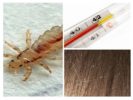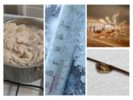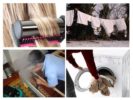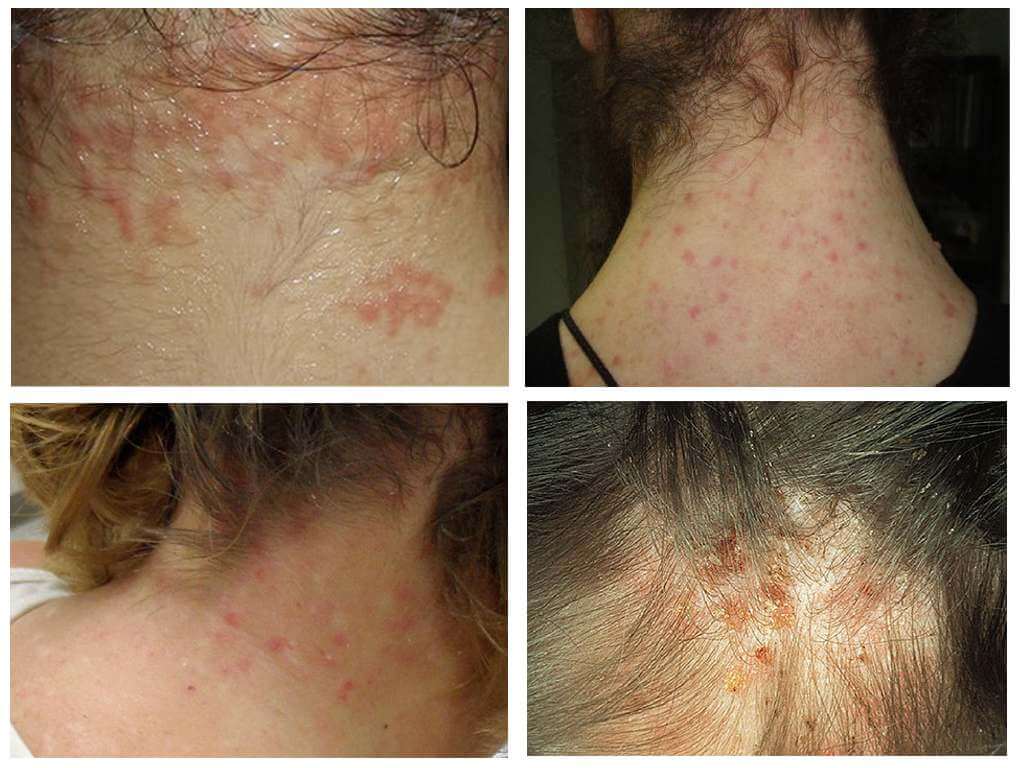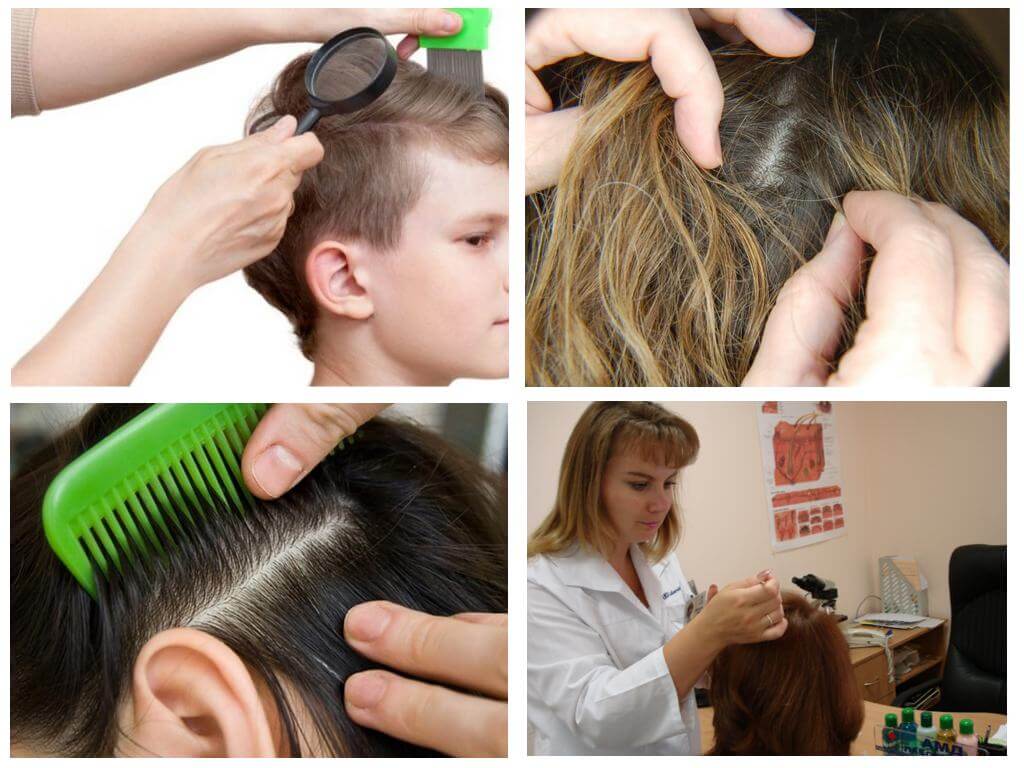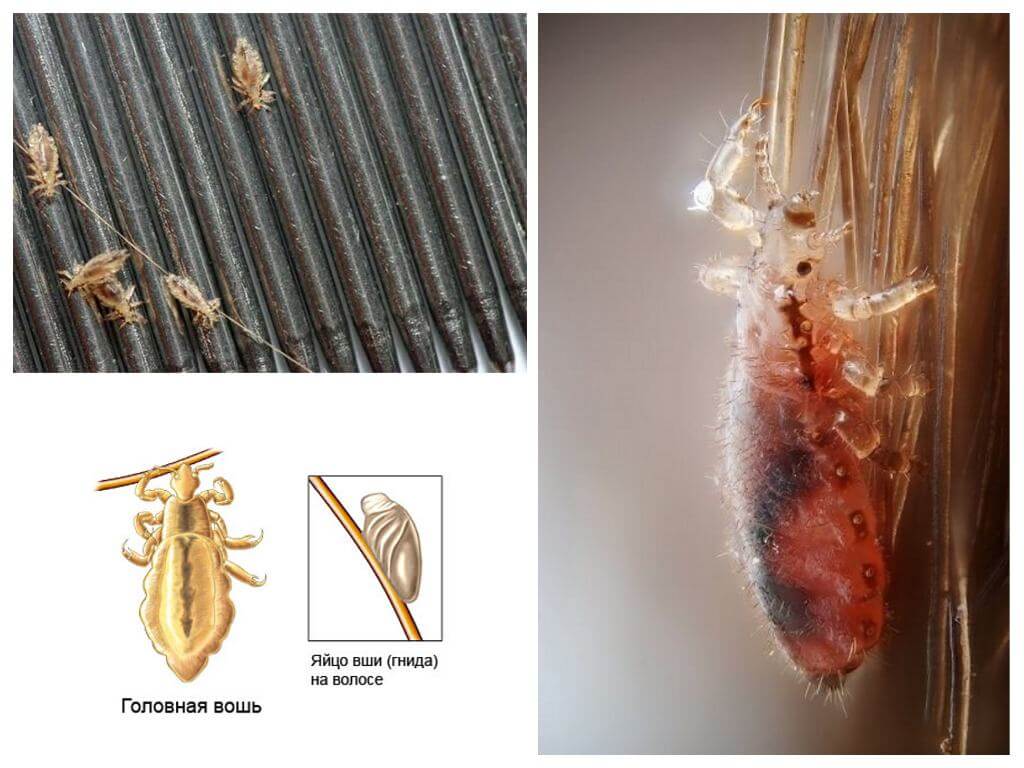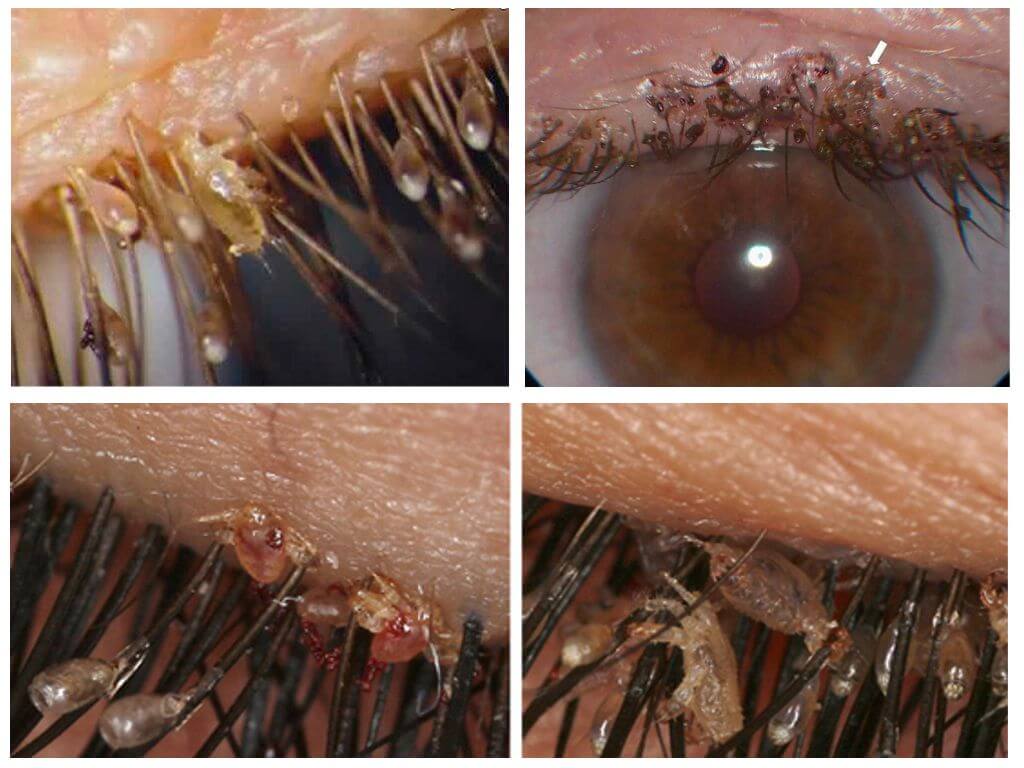- Temperature and Lice
- Cold and warm for parasites
- Heat Treatment for Lice
Lice adapt quickly to various antiparasitic agents. It is becoming increasingly difficult to treat head lice, and there is no desire to poison your body in vain again. If you know at what temperature lice and nits die, you can fight without using harmful substances. Changing environmental conditions helps to quickly get rid of unwanted insects and their eggs.
What temperature is louse comfortable
The parasites adapted to life on the human body among the hair. These pests did not need to adapt to low temperatures or uncomfortable conditions. At temperatures from 20 to 38 degrees, pests feed, lay nits and live for about forty days.
If the thermometer creeps up or falls down, then the bloodsuckers begin to feel discomfort. When a person with head lice if ARVI picks up, then his body temperature will rise. Parasites will prefer to move from the skin to the ends of the hair.
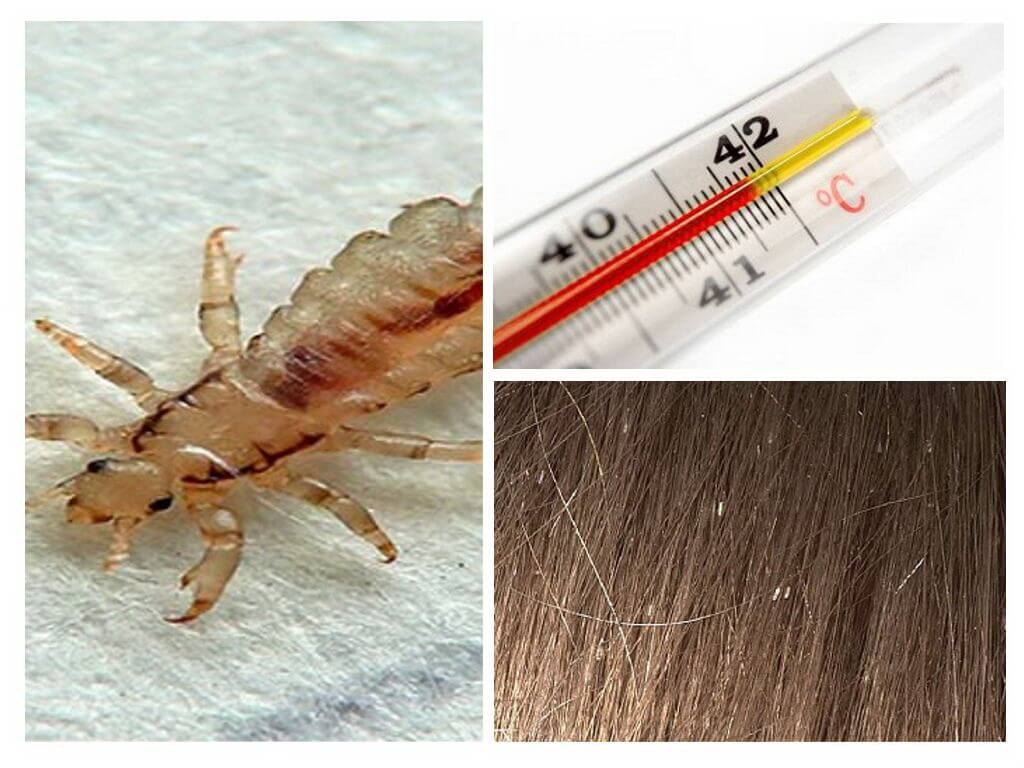
Interesting!
The spread of lice occurs more actively when the body temperature of the patient with pediculosis increases. Pests seek to find a more comfortable habitat. This is one of the reasons why children's groups are so fast. lice are transmitted. The child moves a lot, runs and is in close contact with other children.
The larva inside the nits is protected by a strong shell, so it is more resistant to temperature extremes. An insect egg can survive even when the air heats up to 50 degrees.
Nits are more susceptible to low temperatures. At subzero temperatures, the development of the larva inside the egg will slow down.
At what temperatures do lice and nits die
Blood-sucking insects are sensitive to sudden changes in the environment. When the temperature drops below 20 degrees, the vital processes of parasites slow down. The pest becomes lethargic, holds on to the hair less and multiplies more slowly. In the body of a female, eggs mature not so quickly.
If the thermometer reaches 40 degrees, the louse ceases to put off nits.
Cold exposure
Some people believe that if lice and nits die at a temperature below zero, then in winter it is enough to walk without a hat in the fresh air or plunge into an ice hole. But such a method will not work. Faster than a pediculosis patient will get sick than a louse will die.
This happens because the temperature of the human body cannot be marked with a minus sign, and a comfortable environment for lice living is almost always maintained in the scalp. Therefore, a person will freeze, and lice breeding cycle will continue.
Interesting!
The robust casing keeps the larva alive for more time. If during the appearance of the nymph the conditions are suitable, she will continue her development cycle and turn into an adult, ready for reproduction.
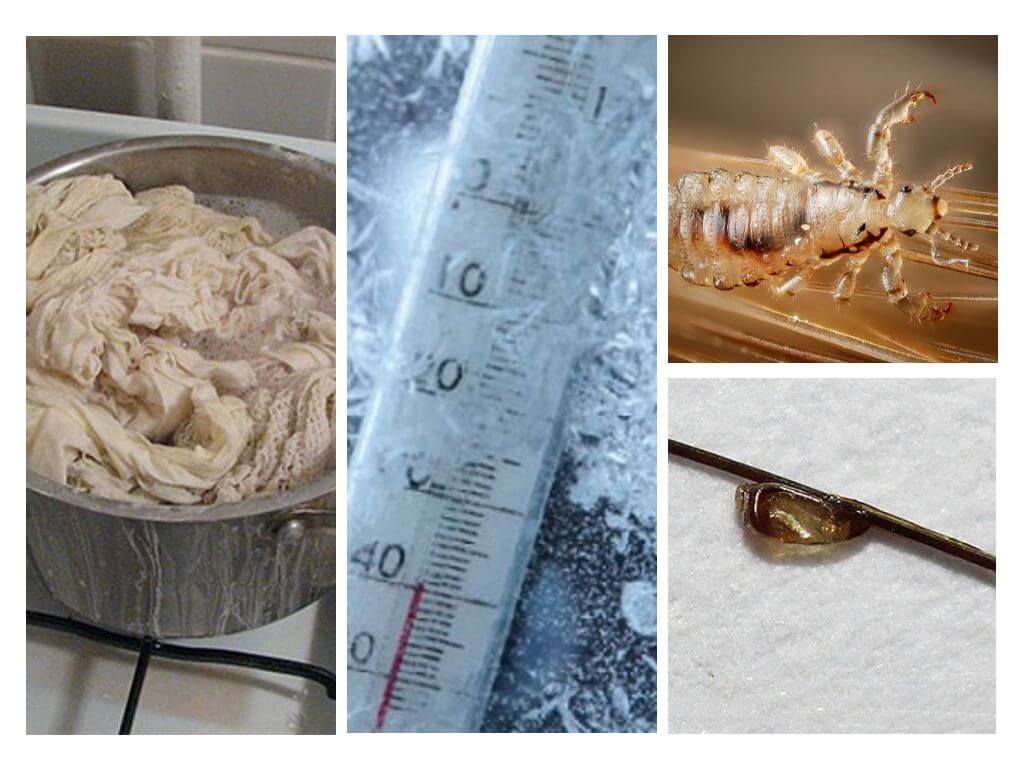
Lowering the degree has the following effects on insects:
- If the temperature drops below 20, the pests become inactive. The processes of their life are slowing down.
- When the thermometer shows -5 ° C, the pests stop reproducing and eating. Nits slow down development.
- At -15 ° C, nymphs and adults die. The larvae inside the egg continue to live.
- Nits die when the level of the thermometer drops to -20.
Scientists have repeatedly conducted research, trying to find out - lice die in the cold or not. Entomologist James Buswin discovered in 1944 that bloodsuckers at -20 became dead after 45 minutes. The temperature of -17 ° C led to the death of insects in two hours.
Heat exposure
Head lice are afraid of frost less than heat. From the cold, the insect protects the host's body and hair. But when a person is sick or moves a lot, he produces too much heat and the parasite seeks to move to a more comfortable place.
But ARVI or training in the gym can not be considered as a way get rid of lice on the head. At 40 degrees above Celsius, the insect will only stop laying eggs.
An increase in ambient temperature affects the life of the pest as follows:
- At a temperature of 40-45 degrees, the female will stop breeding.
- From forty to sixty, adults die, and nits continue to develop.
- Nits can die only when the thermometer shows a temperature above 60.
Scientists were able to find out that lice respond more strongly to an increase in air temperature. Their internal organs are destroyed, which leads to the death of the parasite.
On a note!
If you wash the hair on your head with hot water, the parasite will not die. But the heat will weaken him greatly.
In 2006, Israeli entomologists conducted several experiments and found that at a temperature of + 3 ° C the louse dies on the ninth day.
How to get rid of lice
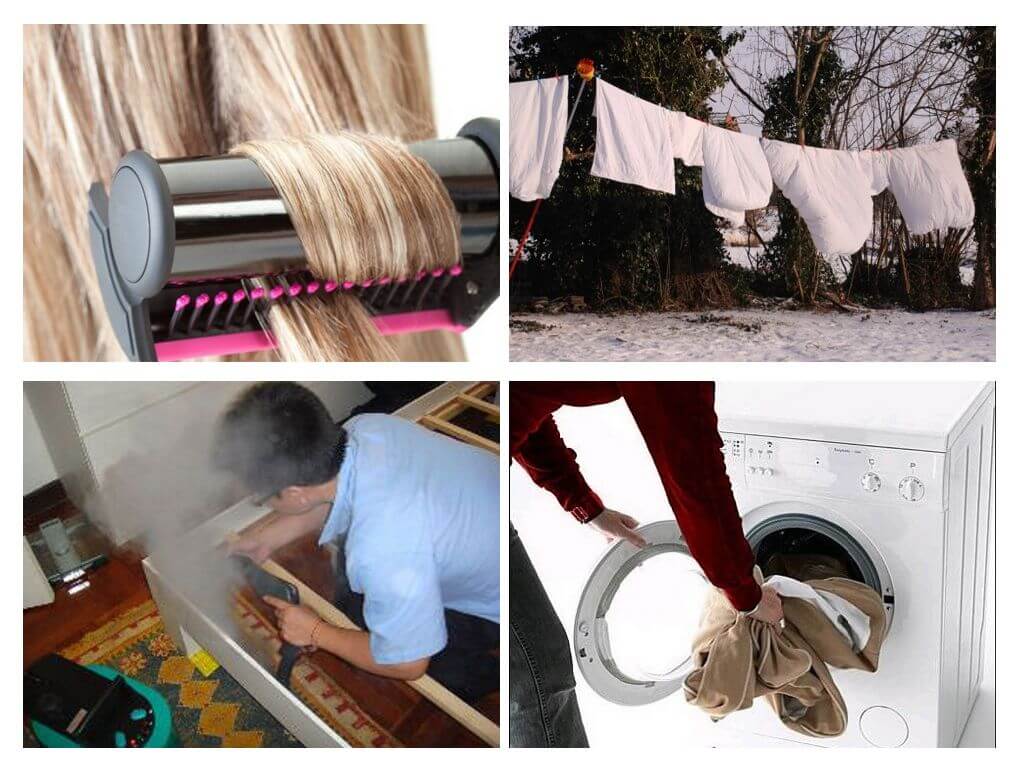
Head louse killing by changing the ambient temperature is difficult. Hair protects her from the cold, and a man himself can’t stand a strong overheating.
Temperature exposure is most often applied to lice. These insects feed on human blood, but live in clothing that is easy to process with steam or cold.
Heat exposure
To kill linen louse, it is enough to boil infected things. Some nits may survive. Therefore, after a week you will need to process the fabric a second time. All this time, clothes should not be worn and should be stored in a tightly sealed bag.
You can kill a body louse using high temperatures in the following ways:
- Iron seams, pleats, pockets and cuffs of clothing with a hot iron.
- Steam upholstery and carpets.
- Wash things using laundry detergent. Body lice will die during washing.
To destroy head lice, a special hair dryer was invented in the USA. It gives a high temperature at which adults die. In Russia, such a device is not for sale, but you can use the means at hand.
- Heat the iron or curling iron to the maximum and process each strand. Keep the device on curls 2-3 minutes.
- Turn on the hairdryer for maximum heat. Using a diffuser nozzle, treat the hair with hot air for at least thirty minutes.
Ironing and hairdryer are not effective lice control methods. But hot air will weaken insects and their larvae. Should take lice comb and carefully comb out the hair from weakened and dead individuals. The procedure combing nits will need to be done at least four times a day.
Cold exposure
Lice die not only from heat. But the cold to kill the head or pubic louse will not work. But low temperatures will help in the destruction of the hanged species.
Our ancestors used snow and ice water to clean carpets and clothes. They noticed that the cold is fatal to parasites. Therefore, in this way they got rid of insects and dirt.
Modern man can follow the example of his grandparents. If the street is winter, then you can take out clothes infected with lice on the balcony and leave it there for a day. During this time, insects will die.
On a note!
Things can not be immediately carried into the house. Shake them and choose a dead living creature.
In the warm season, the freezer will help out. Things must be packed in a bag and sent overnight to the freezer.Lice eggs can survive the cold. Therefore, after seven days, cold treatment will need to be repeated.
To achieve the maximum effect, it is better to steam the clothes and wash them in the washing machine.
Doctors do not advise treat lice only a change in temperature. They recommend connecting an effective antiparasitic drug. Help may come folk remedies for lice. If you treat your hair with cranberry juice or blow dryers vinegar, insects will become weaker, and the substance that holds the nits on the hair will dissolve.
